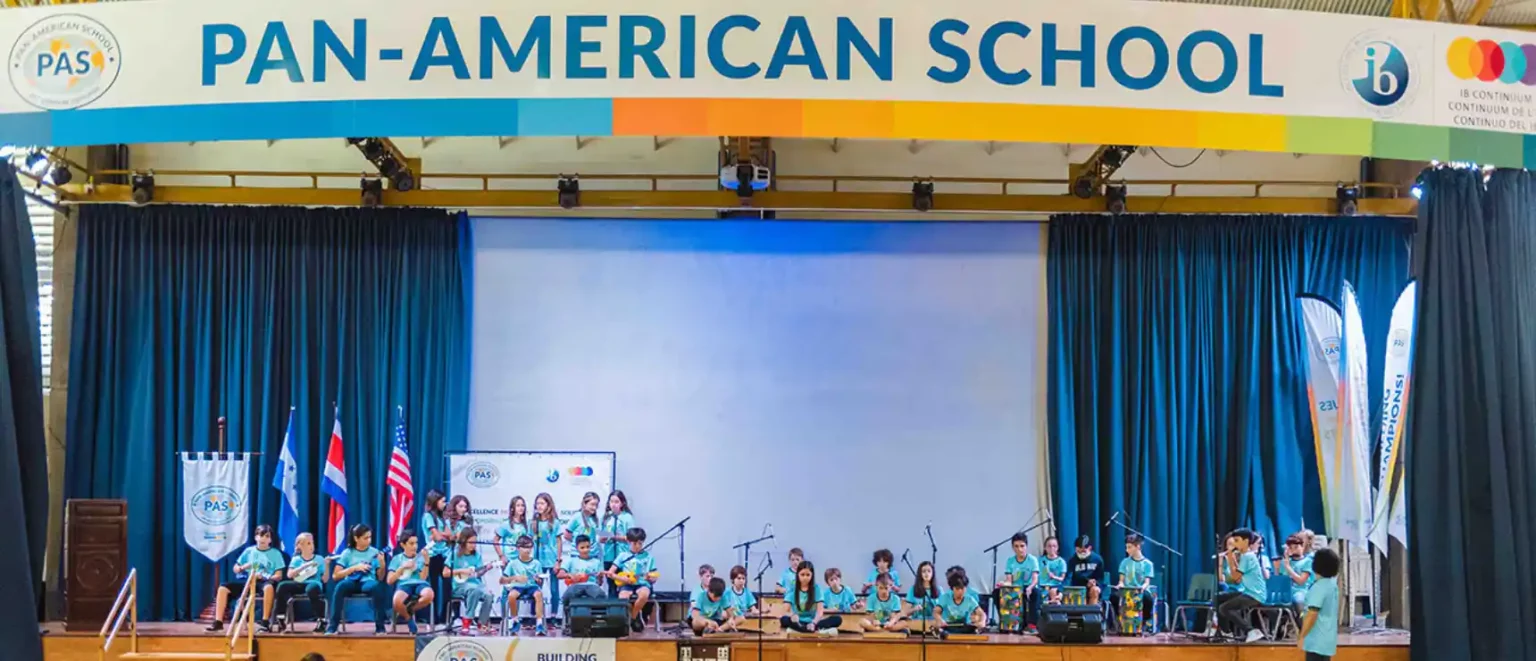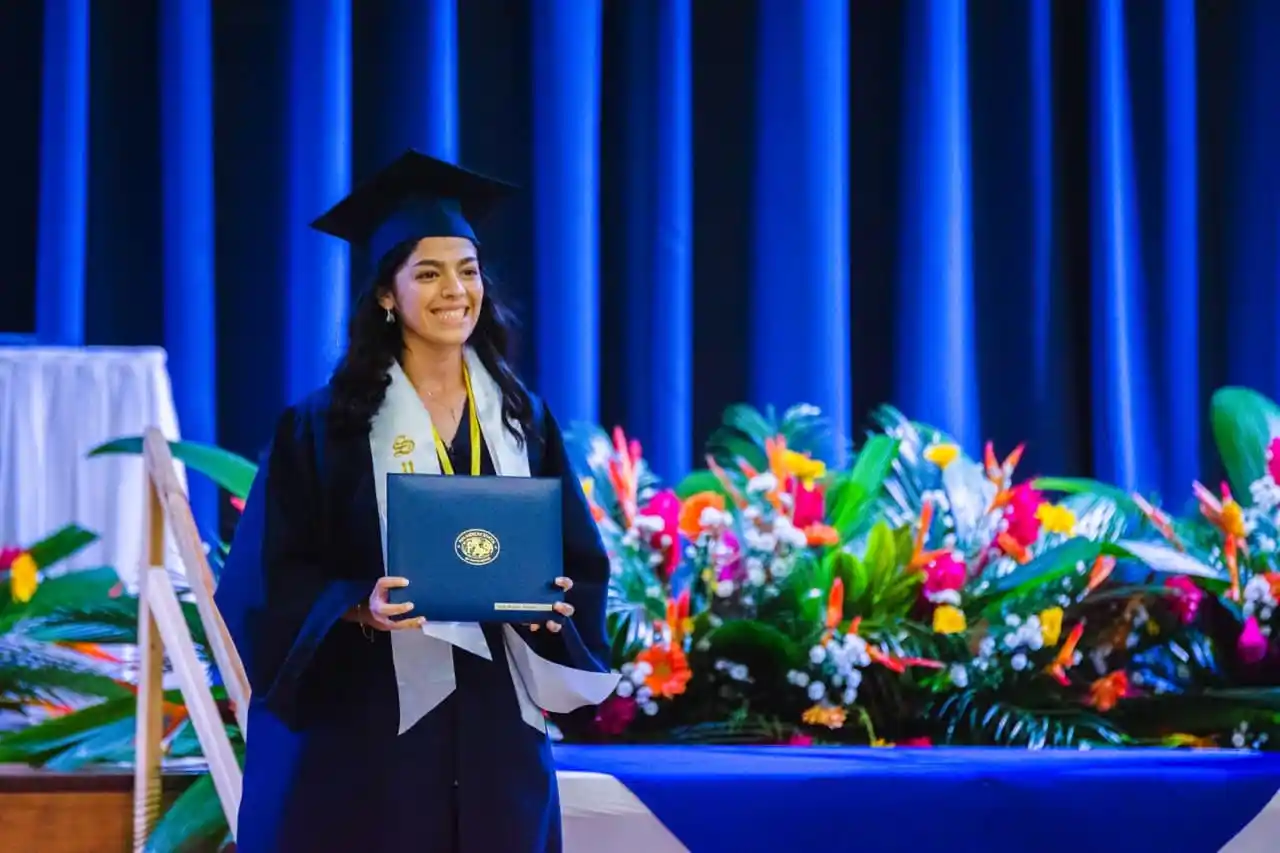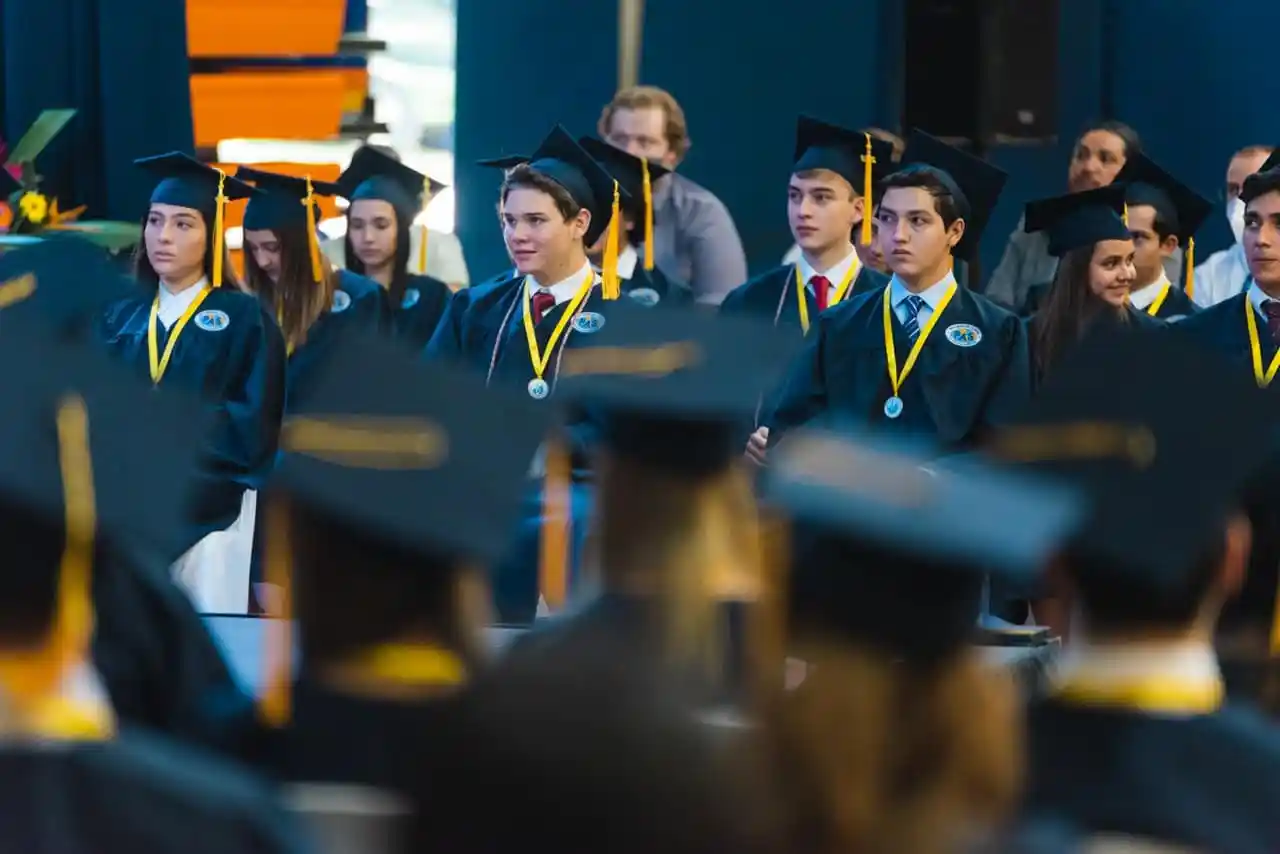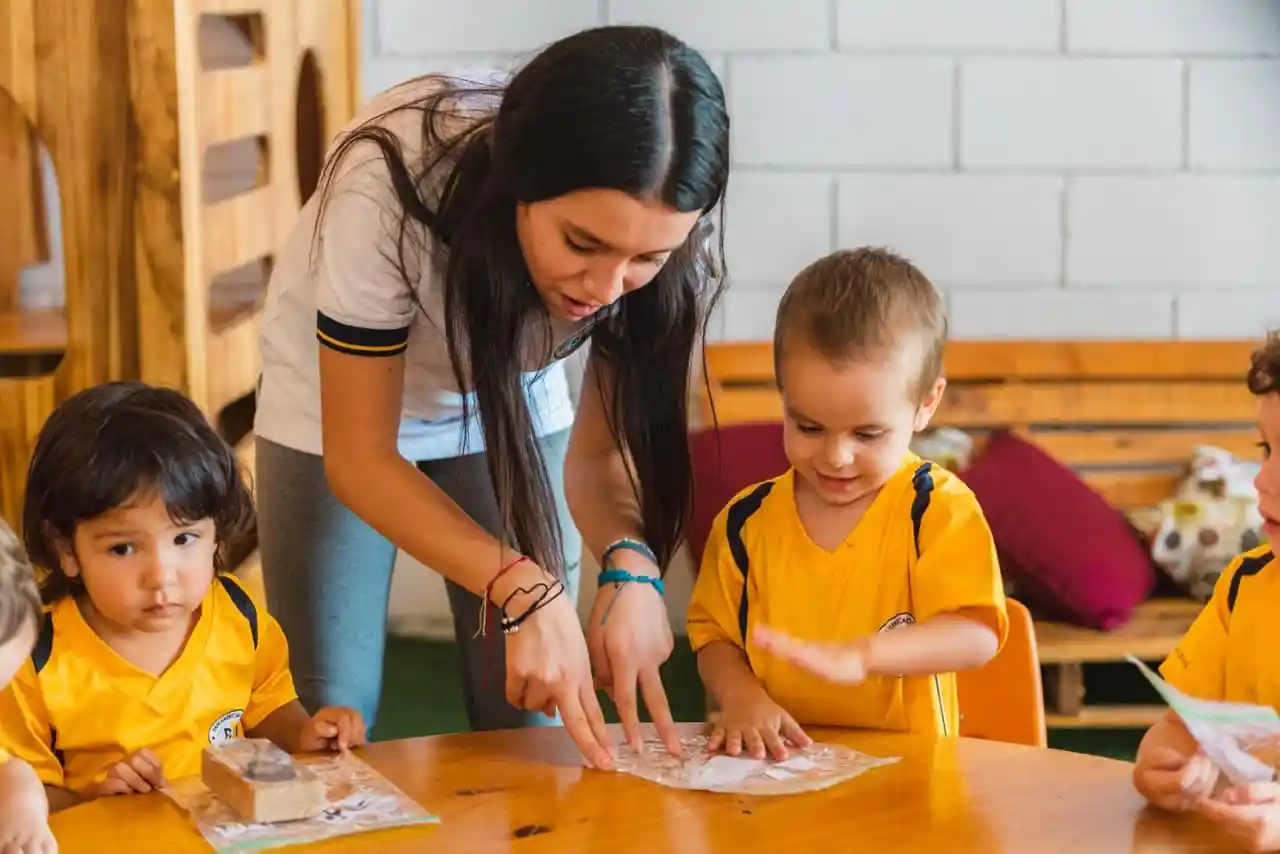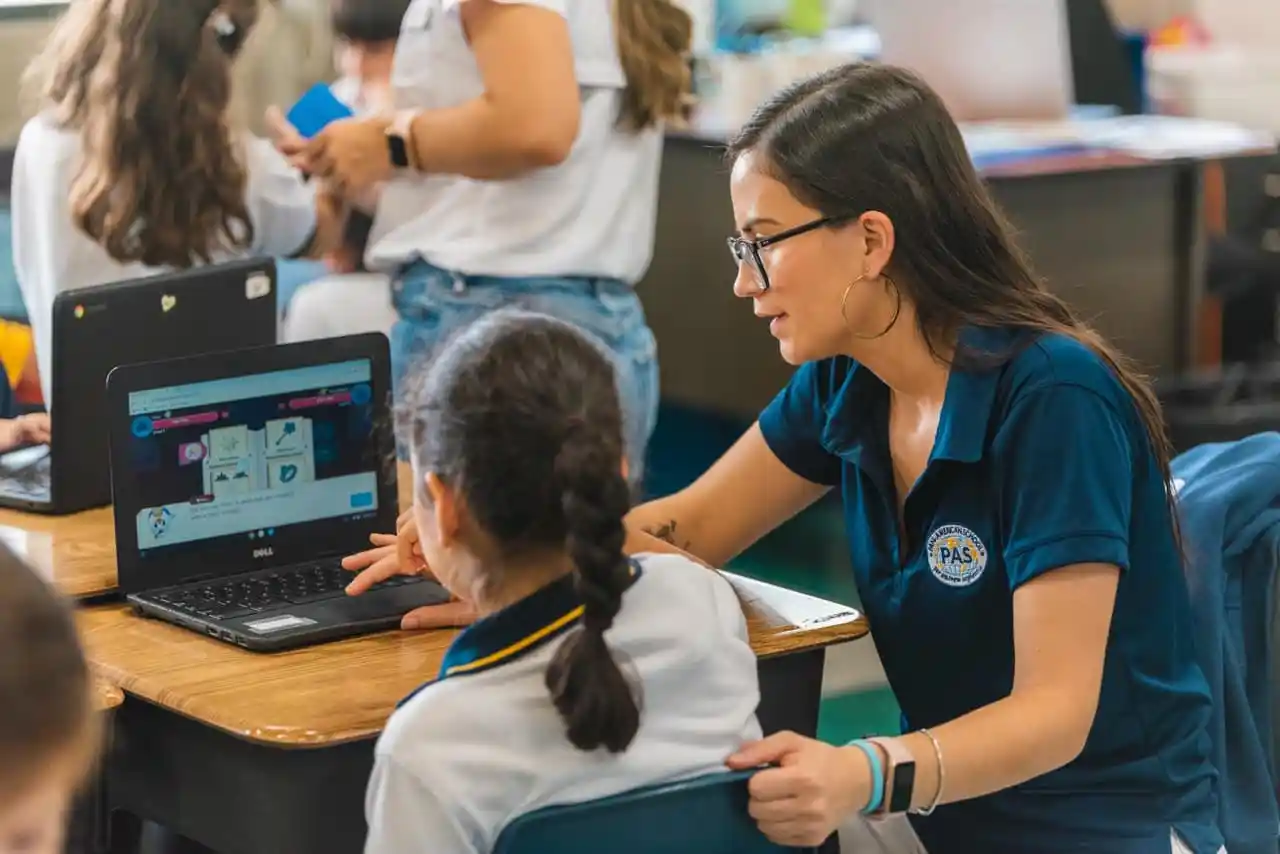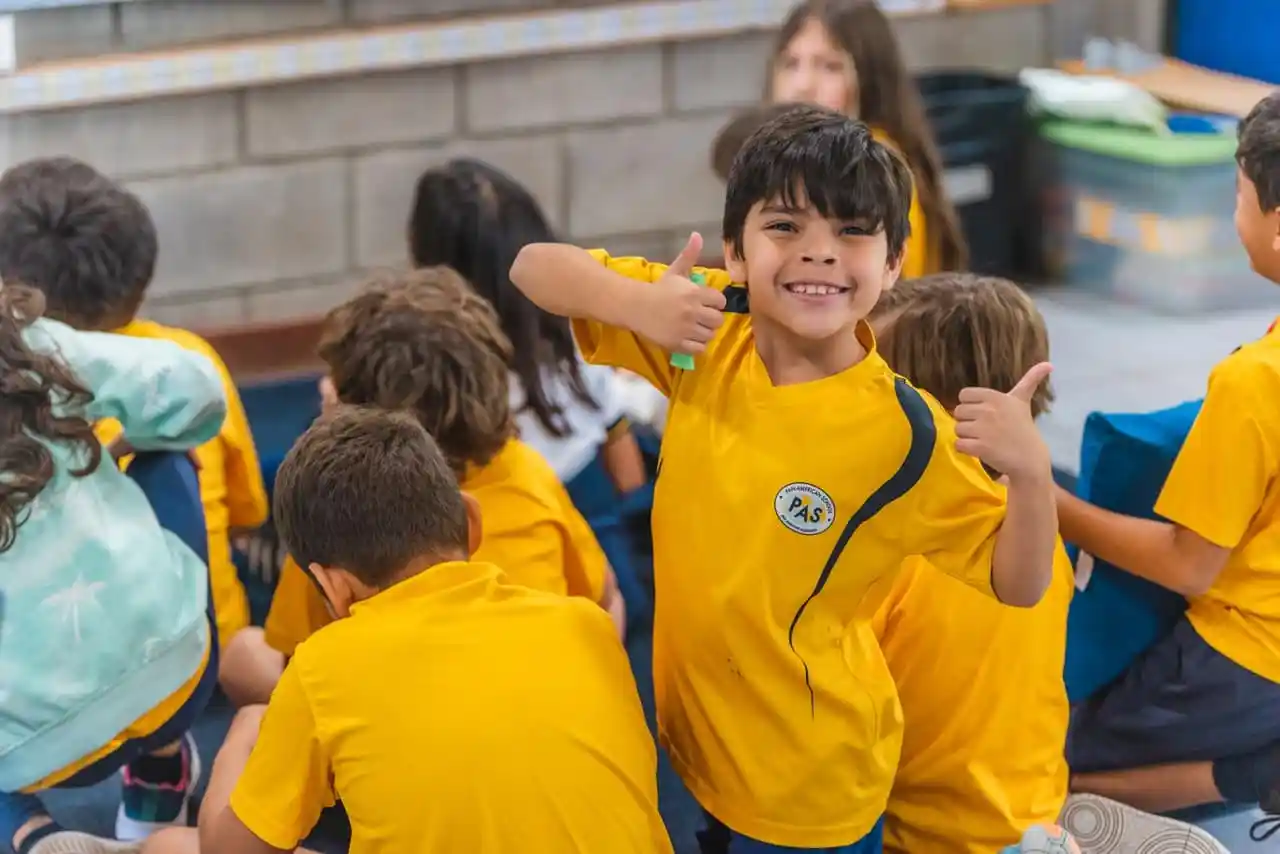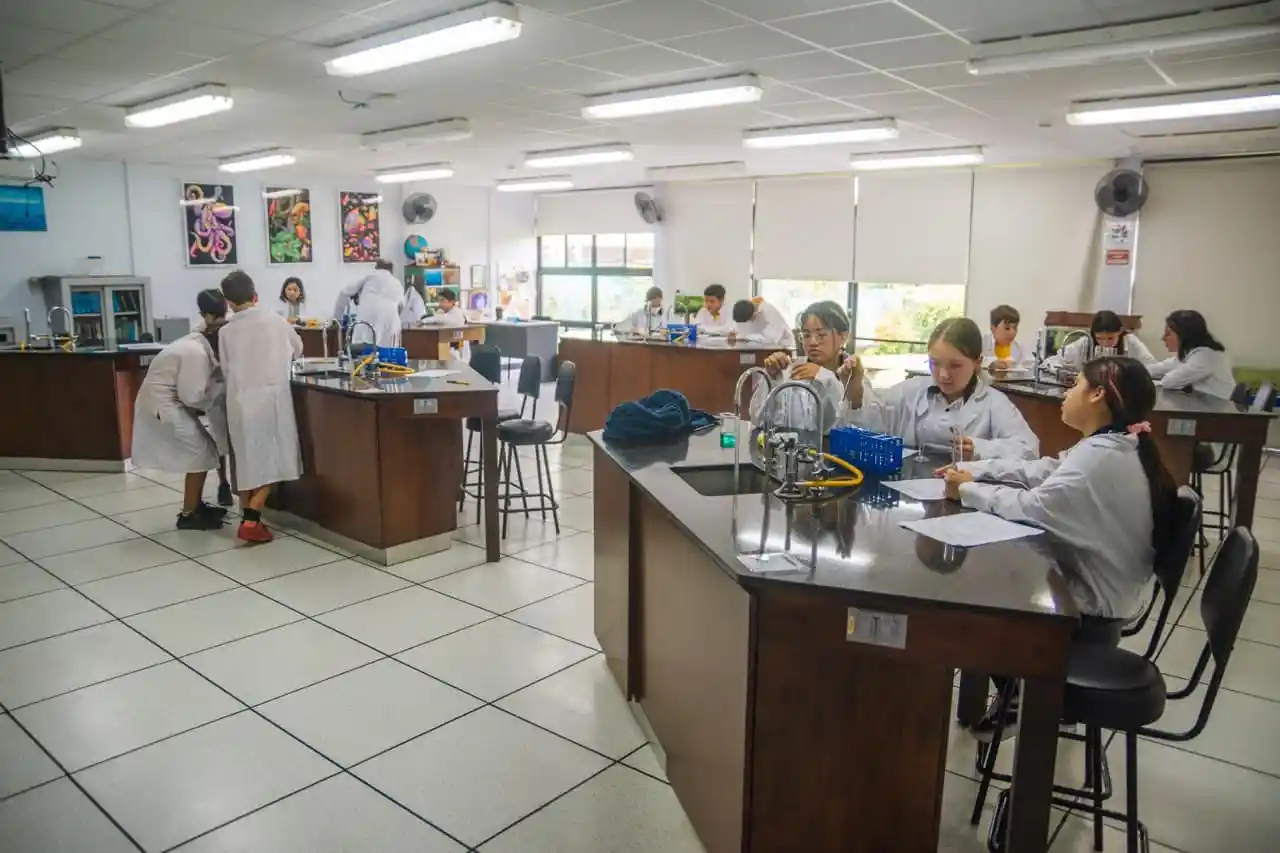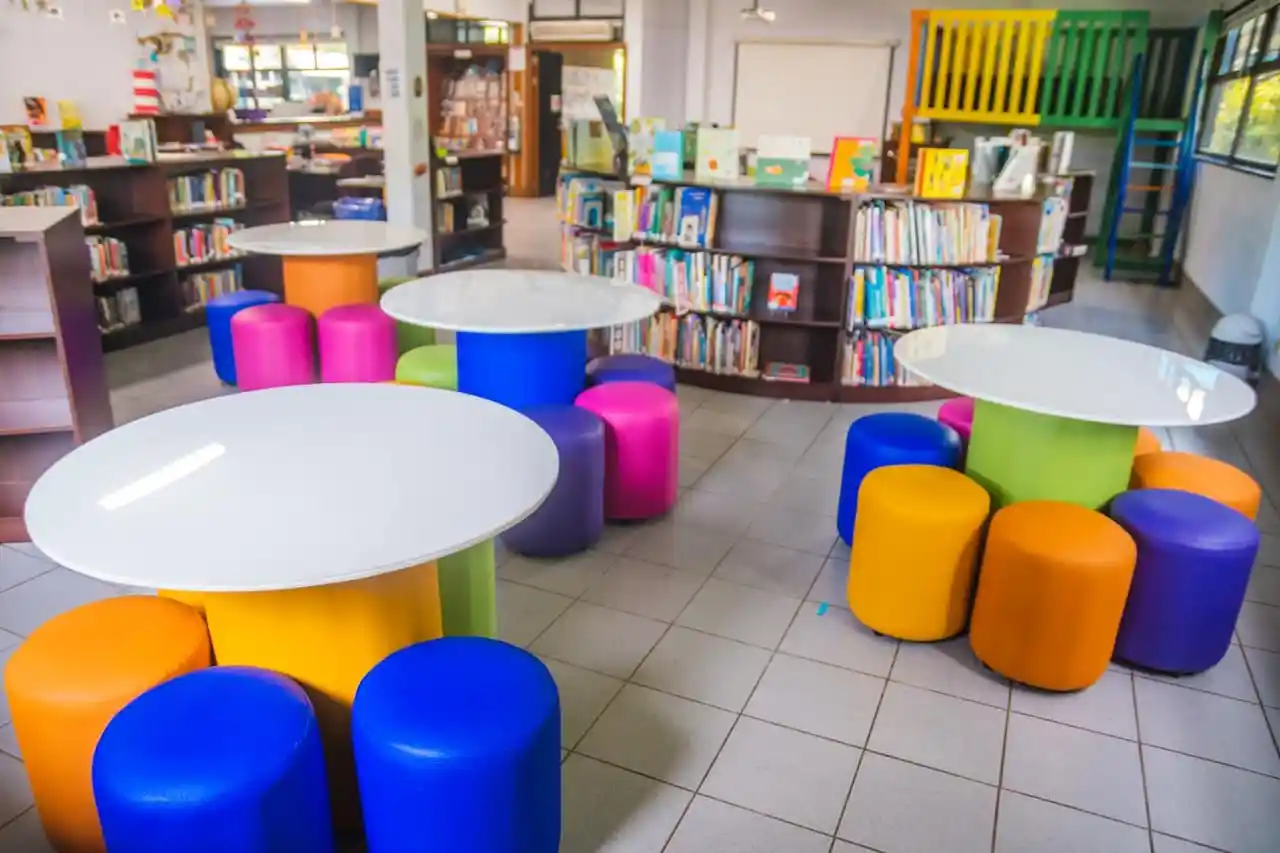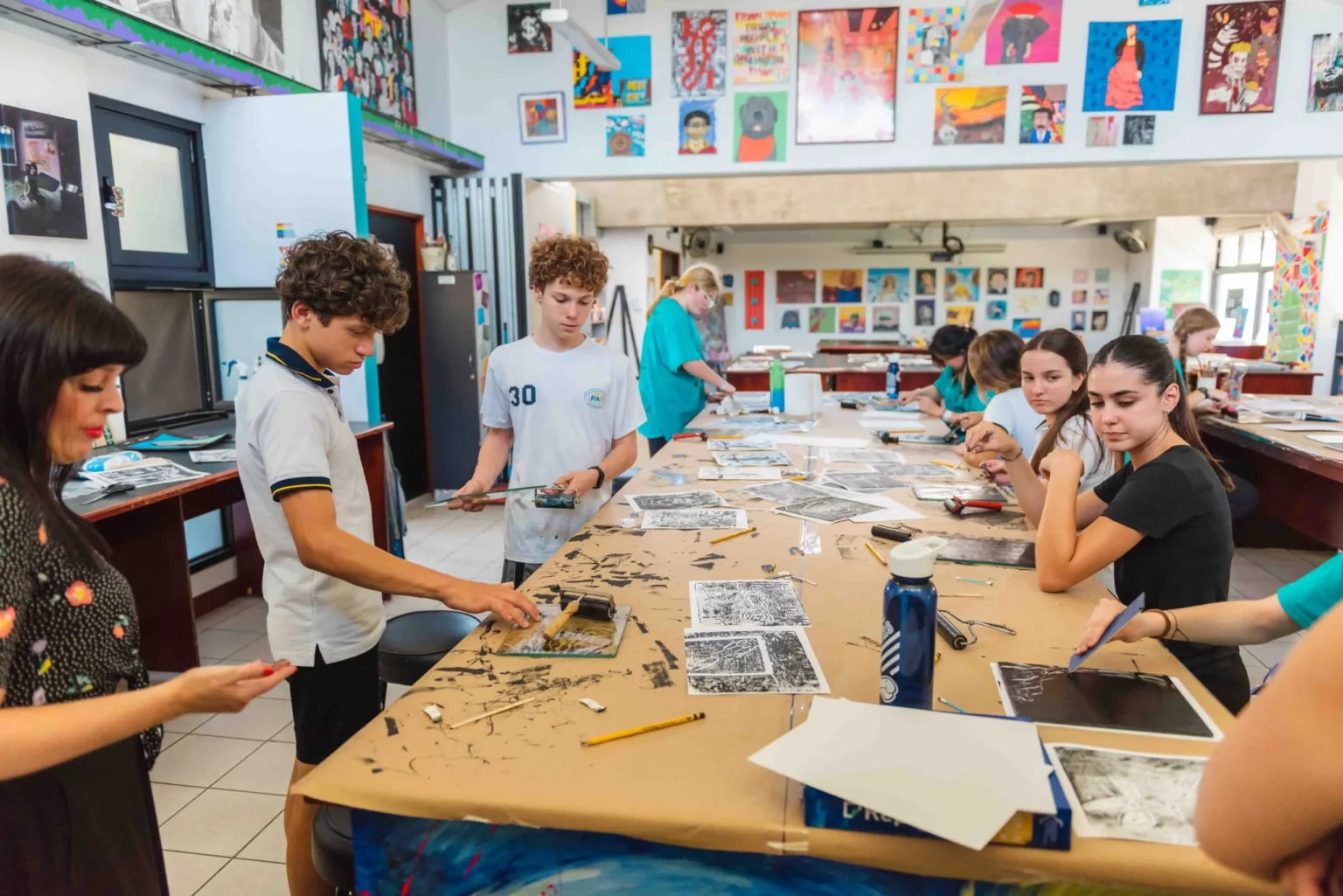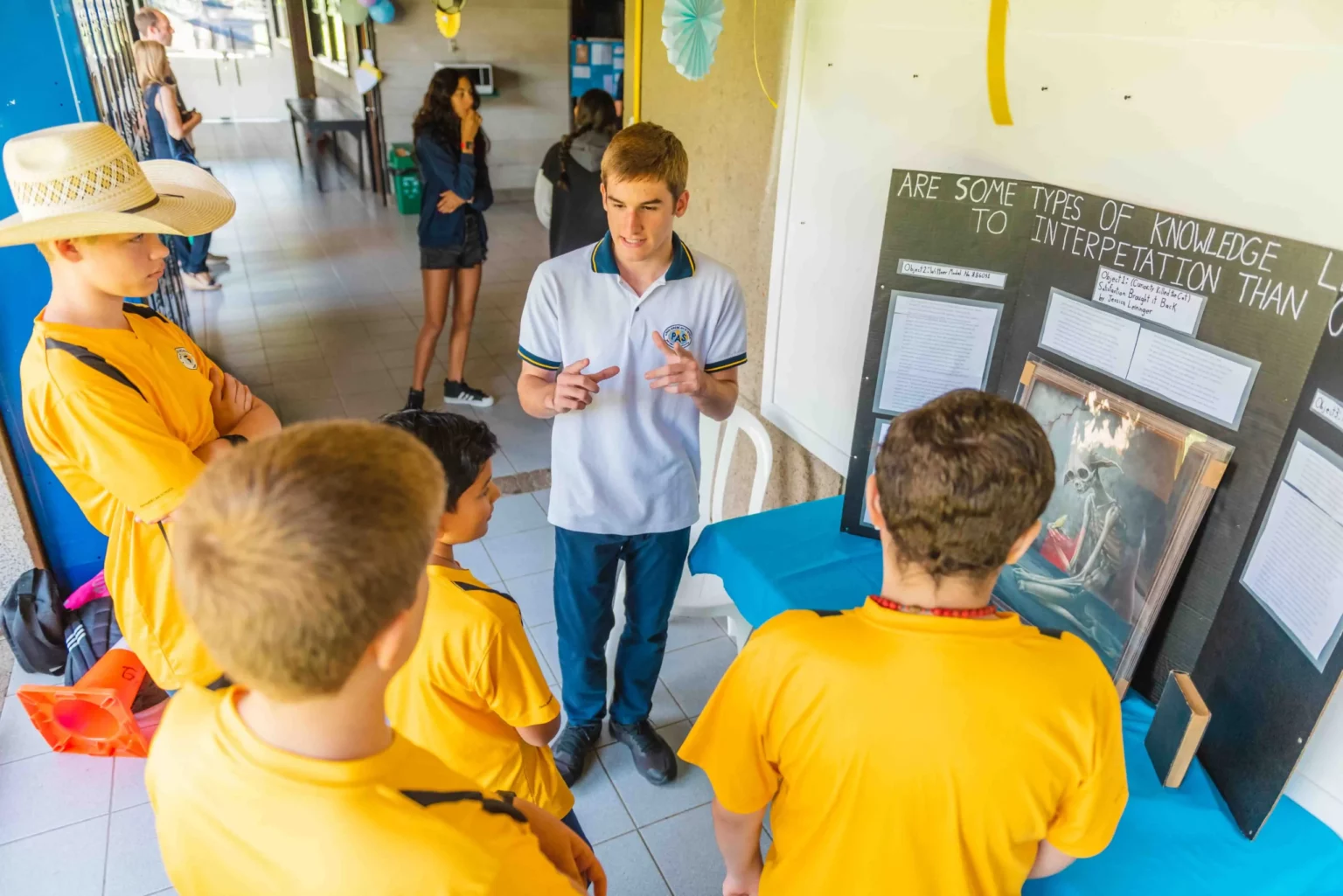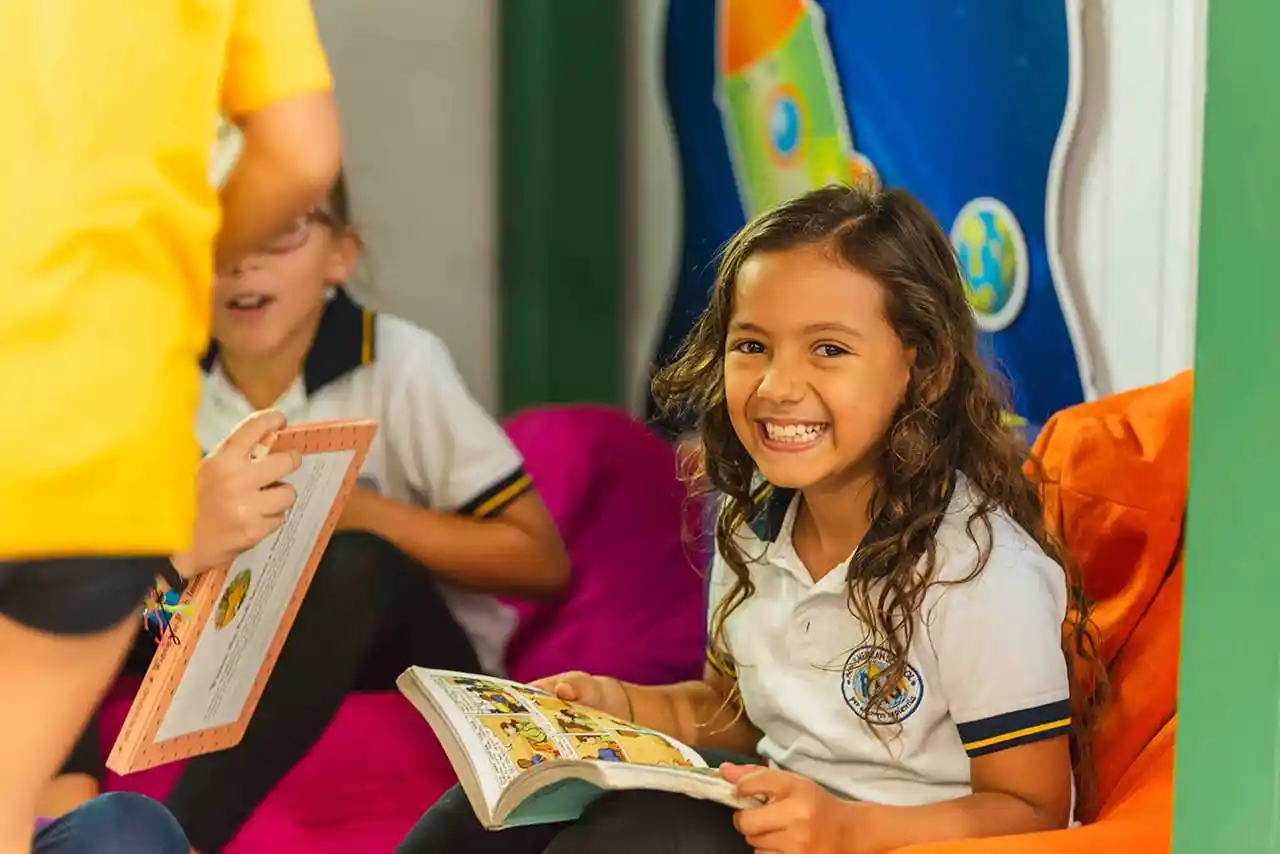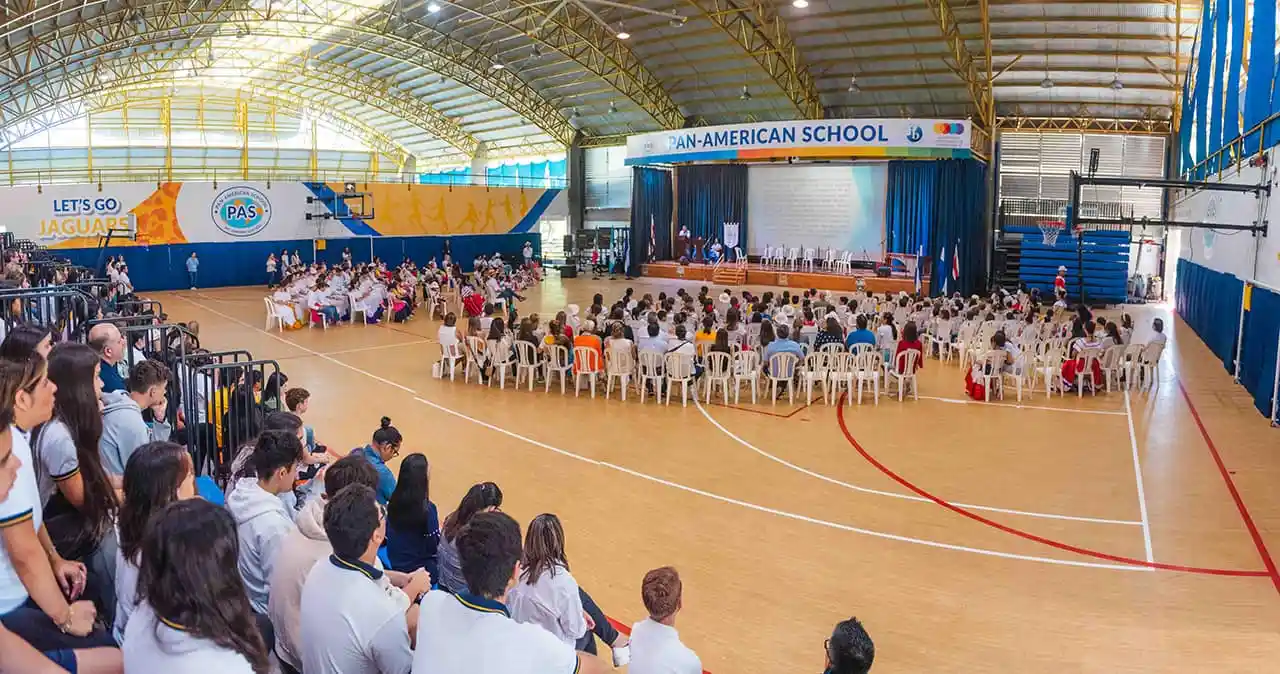
Panamerikanische Schule
Höhepunkte
- Weltklasse-IB-Lehrplan in Costa Rica
- Schwerpunkt auf Nachhaltigkeit und Ökologie
- Zweisprachiges Spanisch/Englisch-Immersionsprogramm
Übersicht
Unsere Schulmission, Vision, Philosophie und das Engagement unserer Mitarbeiter sowie unser nicht selektives Bildungsprogramm bieten persönliche und individuelle Aufmerksamkeit für die Bedürfnisse jedes einzelnen Schülers und eine ausgewogene Lernumgebung, die darauf abzielt, vielseitige, verantwortungsbewusste Weltbürger zu entwickeln und auszubilden. Unser breiter und anspruchsvoller Lehrplan konzentriert sich auf die Entwicklung von Fähigkeiten, ein umfassendes soziales und emotionales Unterstützungssystem, vielfältige Kunst-, Design- und Sportprogramme und einen einzigartigen Fokus auf Service und globale Nachhaltigkeit.
- ab 2
- bis 18 Jahre
Koedukation
von 8.888 bis 17.551 USD
Gegründet 1971
43 verschiedene Nationalitäten
525 Studierende
Video
Programm
Die Pan-American School ist die erste von der International Baccalaureate Organization autorisierte IB Continuum School, die in Costa Rica das Primary Years Programme (PYP), das Middle Years Programme (MYP) und das Diploma Programme (DP) anbietet.
Es ist außerdem von der New England Association of Schools and Colleges (NEASC) akkreditiert und vom Bildungsministerium Costa Ricas zertifiziert. Basierend auf dem Kontext und der Kultur Costa Ricas können die Schüler das IB-Diplom, das US High School Diploma und das Costa Rica Baccalaureate erwerben.
Lehrplan
Prüfungen
Unterrichtssprache
Akkreditierungen
IB Continuum, NEASC, MEP
Studiengebühren für 2025
Erfahren Sie mehr über Studiengebühren der Panamerikanischen Schule für 2025, einschließlich Allgemeine Gebührendetails Und Verfügbare Stipendien.
Jährliche Studiengebühren
Die jährlichen Studiengebühren an der Pan-American School betragen 8.888 USD Zu 17.551 USD, abhängig von der Klassenstufe und dem Programm des Schülers.
Stipendien
Informationen zu Stipendien sind derzeit nicht verfügbar. Bitte kontaktieren Sie die Schule direkt über diese Seite, um mehr zu erfahren.
Einrichtungen
Campus-Einrichtungen
Was du wissen solltest
Mindesteinschreibungsdauer
Diese Schule erfordert eine Mindesteinschreibungsdauer von 6 Monaten, um sicherzustellen, dass die Schüler ausreichend Zeit haben, vom Lehrplan und der Bildungserfahrung zu profitieren.
Studentengemeinschaft
Die Pan-American School begrüßt eine lebendige Gemeinschaft von 525 Schülern aus 43 verschiedenen Nationalitäten.
Gesundheit und Sicherheit
Vollzeit-Campusarzt. 8-köpfiges Lernunterstützungsteam, darunter 4 qualifizierte Psychologen, um das soziale und emotionale Wohlbefinden all unserer Studenten zu unterstützen. Privater Krankenwagendienst für Notfälle. Eigenes Sicherheitsteam 24 Stunden am Tag, 7 Tage die Woche. Busdienste bieten Tür-zu-Tür-Service für Familien. Strenge Zugangsverfahren zum Campus und Überprüfungsverfahren für die Abholung am Ende des Tages. 24-Stunden-Sicherheitsdienstleister, die bewaffnete Einsatzeinheiten stellen. Regelmäßige externe Sicherheitspatrouillen durch die Sicherheitsteams der US-Botschaft und private Sicherheitsdienstleister. Funkkontakt mit der US-Botschaft und privaten Sicherheitsdienstleistern. Regelmäßige Notfallübungen und Training in Erster Hilfe, Erdbeben, Evakuierung, aktivem Schützen usw. 2 Defibrillatoren auf dem Campus, in deren Verwendung das Personal geschult ist. Sicherheitsausschuss, der zusammentritt und Notfallprotokolle, -praktiken und -verfahren überprüft. Notstromgeneratoren. Blitzschutz deckt alle Bereiche des Campus und einige der umliegenden Wohngebiete ab. Es gibt umfangreiche Protokolle und Programme für Bereiche wie Kopfverletzungen, Kinderschutz, sichere Rekrutierung, Mobbing, Gesundheit und Wohlbefinden usw. Regelmäßige Schulungen durch interne und externe Experten in Bereichen im Zusammenhang mit Gesundheit und Sicherheit, Notfallverfahren usw.
Uniform
Die Schüler sind verpflichtet, Schuluniformen zu tragen.
Schüler-Lehrer-Verhältnis
1 : 5
Besondere Bedürfnisse
Schule kontaktieren

Wie viel kostet die Teilnahme? Panamerikanische Schule?
Die Studiengebühren für die Pan-American School betragen je nach Klassenstufe und gewähltem Programm des Schülers zwischen 8888 und 17551 USD pro Jahr.
Tut Panamerikanische Schule Stipendienprogramme für das Jahr 2025 anbieten?
Was ist Panamerikanische Schule am bekanntesten für?
Wie viele Kinder gehen zu Panamerikanische Schule?
- Adresse: Panamerikanische Schule, 300 Meter vom Restaurante el Rodeo, Heredia, San Antonio, Costa Rica entfernt
